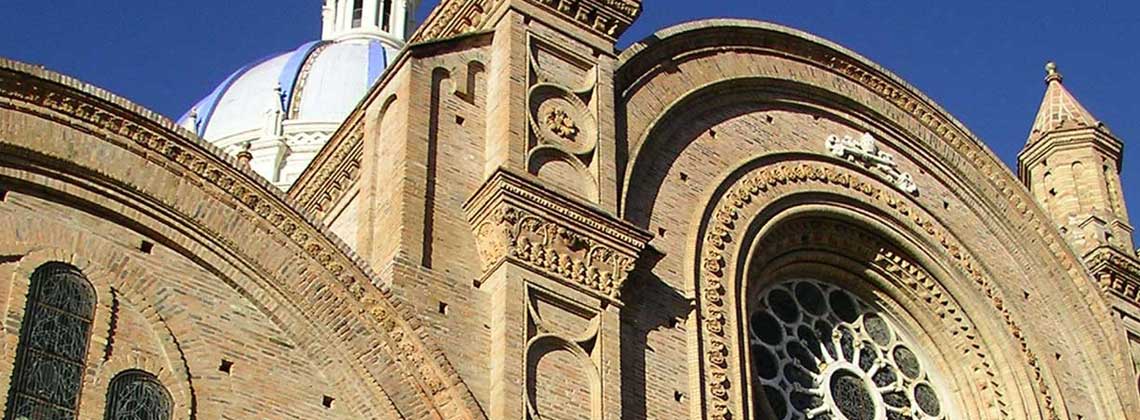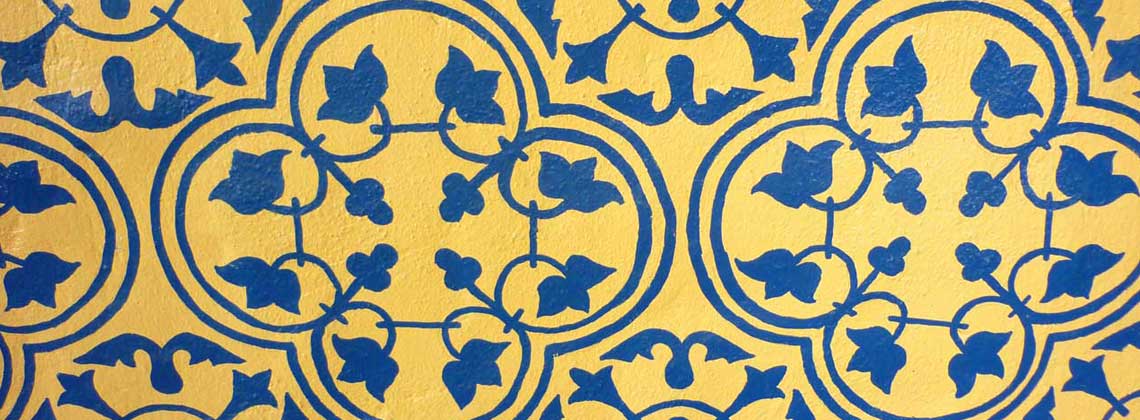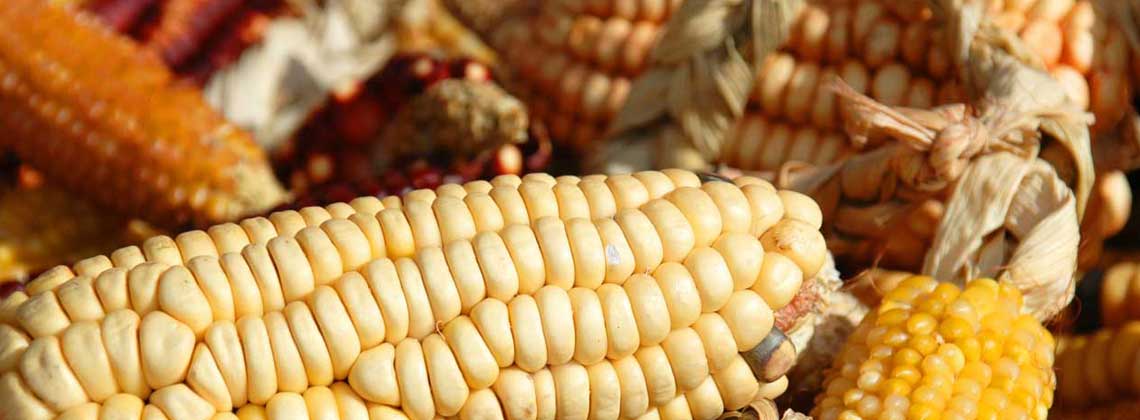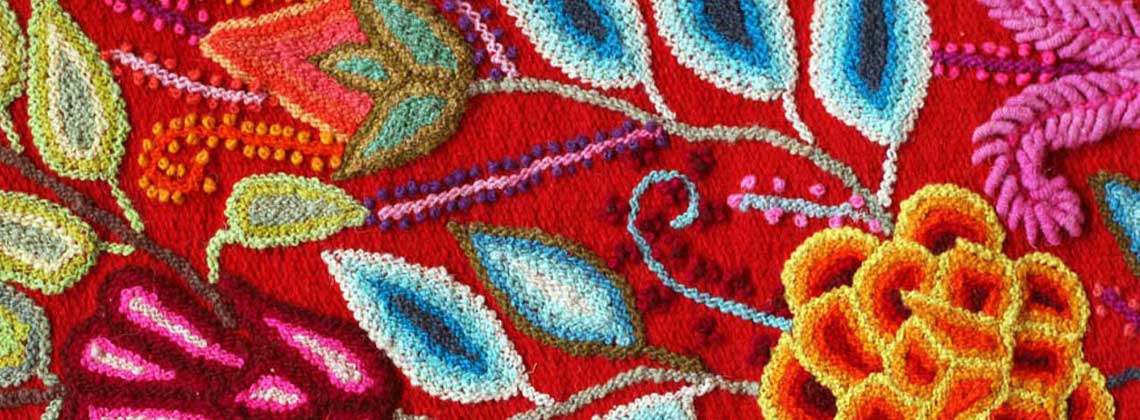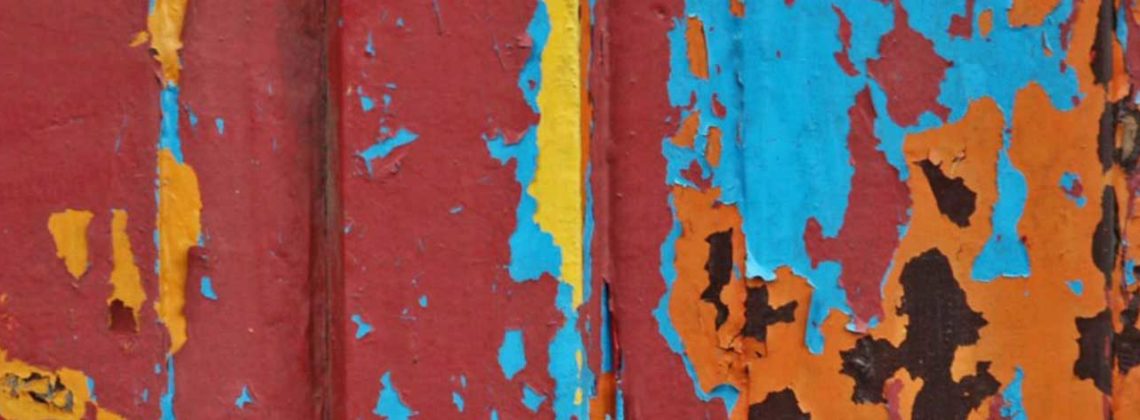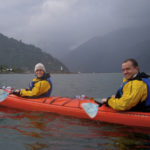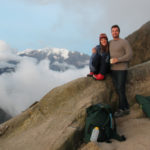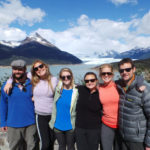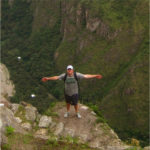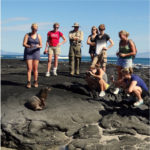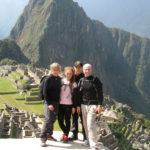The high Andean Cordillera of Peru is where Mario Vargas Llosa weaves this tale. Tomasito, a young Lieutenant, finds himself stationed in Naccos – a desolate and dying town commenced with a now closed mine and surviving by building and rebuilding a road that’s continuously buried by landslides but leads nowhere anyways. Lituma, the Corporal, listens night after night to Tomasito’s lamenting and memories of his lost love Mercedes, a dark beauty from the coast. That is, until the disappearance of three men distracts his attention. Were they murdered by the terrucos? Maybe their bodies were made to shrivel up so that a pishtaco could boil their fat. Or was the coca-leaf-reading Dona Adriana and her lush of a husband Dioniosi involved? Only the “bowels of the earth” where the “bulls, serpents, condors, and spirits lived” may ever know the truth…
Mario Vargas Llosa, recipient of the Nobel Prize in Literature in 2010, was born in Arequipa, Peru and like many other Latin American intellectuals his life had been very intertwined with politics. His literary works are considered both modernist and postmodernist, are often set in Peru, and challenge certain faults of society, such as demoralization and oppression.
I have to admit, I didn’t get into ‘Death in the Andes’ at all at first. I found his portrayal of the indigenous population crude and the plot sluggish. And then by about the sixth chapter I couldn’t set it down. The characters evolved into complex, actual human beings with other-worldly stories that grabbed me. By the end, I thought I’d recommend this read, especially to anyone traveling to the Peruvian highlands curious about its political past.
Un beso, Tara


